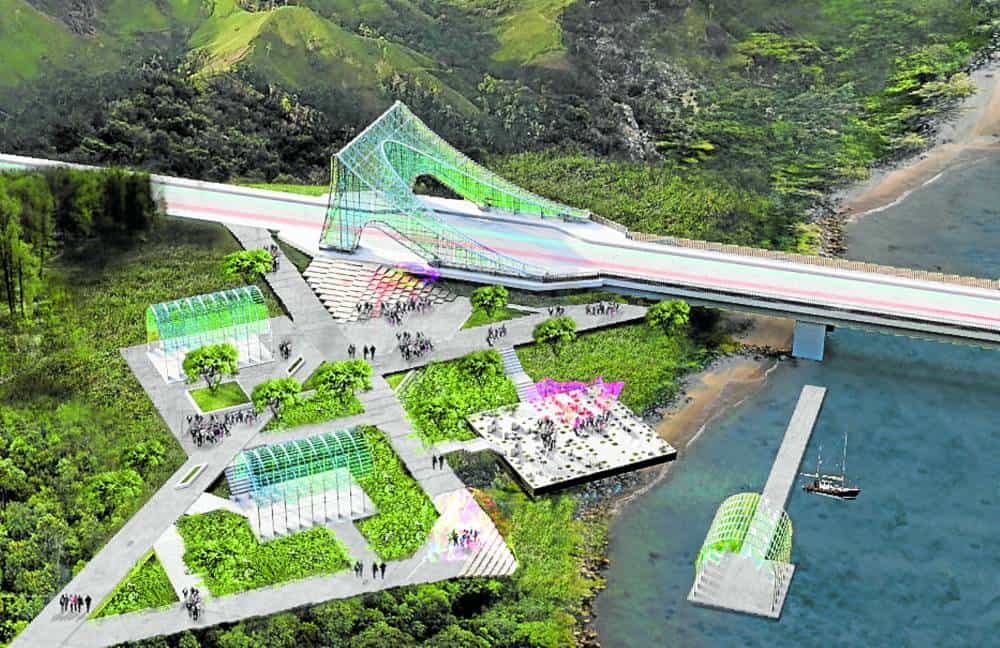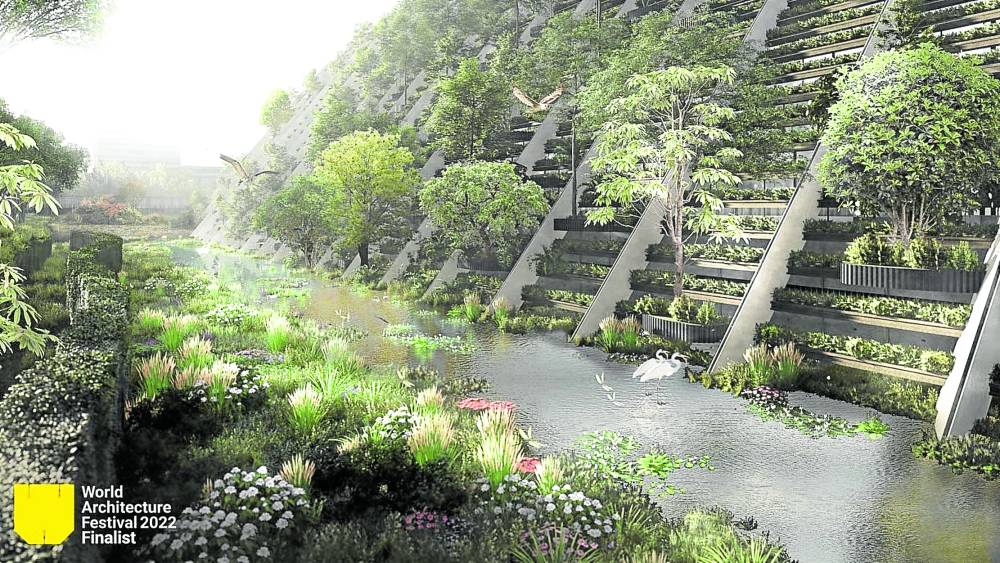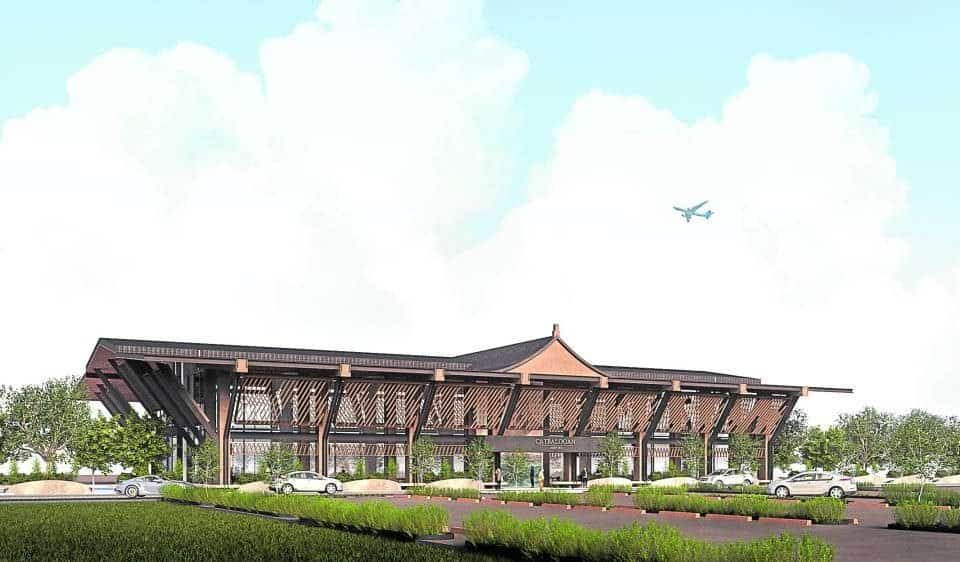
Infrastructure is defined as the basic physical and organizational structures and facilities needed for the operation of a society. It is a basic need and the lifeblood of every nation and its people.
As a developing country, the Philippines lacks the necessary infrastructure in so many areas that sometimes, it seems like such a daunting and impossible endeavor.
Infra agenda
Infrastructure is a major focus of the current and last administration. The establishment of a coordinated and coherent infrastructure agenda is needed for us to not just catch up, but to also leapfrog our immediate goals and needs.
From sewerage to roads and bridges, from power and water to data networks and mass transit, hard infrastructure is always top of mind. Social infrastructure, which include schools, hospitals, libraries and parks, are often forgotten and left behind, especially in infrastructure planning and policy.
We currently have so much need to connect our myriad islands to strengthen our bonds and take advantage of the resources of each region.

Metro Manila is trapped in a vicious cycle of increasing congestion with more roads leading to more cars. Our ports, both land and sea, are congested and often dilapidated. The pandemic has shown our grave lack of hospitals and the stark absence of accessible open space. Government must catch up and be able to deliver infrastructure programs as efficiently as the private sector because the government is the only entity who can prioritize the lease developed and underserved sectors.
What is needed now as we endeavor to build up our country is to coordinate our resources and plan out how to intelligently build and prioritize the most essential systems to shape our future. Systemic thinking that provides unvarnished and unbiased determination to enable further growth and development is needed.
New models
The future of infrastructure is evolving. We must identify new models and forego antiquated systems if we are to leapfrog into the 21st century.
The last few decades have already left us behind. To continue at the same constant pace will only see us further left behind by our neighbors in the region and the rest of the world.
Six years is a long time. Six years is also a very short time. The next six years will pass us by quickly and we must see what can be accomplished in this long and short period. The development of infrastructure networks and urban plans that serve multiple purposes can help accelerate development. Facilities that combine and serve multiple needs allow us to stack together services in very dense urban centers.

A well-coordinated infrastructure plan and roadmap can help various agencies and departments coordinate and combine resources to optimize services.
Instead of competing for space and funding, many of these can work together to create synergies that can be executed faster. Infrastructure can provide secondary and even tertiary functions. They can be both hard and social infrastructure that not just connect but also serve as a vital element of a multidimensional model.
Human habitats exist in layers. Pushing away from single function, two-dimensional space and into a more intensive use of resources will allow us to increase the multiplier effect of our endeavors. We are indeed living in challenging times. Let us live up to the challenge to creatively shape our future.
Design exploration requires the input of everyone in our community. We invite everyone to come join our explorations on the human environment. Join us on Instagram @wtadesignstudio and @entrari.
If you like this article, share it on social media by clicking any of the icons below.
Or in case you haven’t subscribed yet to our newsletter, please click SUBSCRIBE so you won’t miss the daily real estate news updates delivered right to your Inbox.
The article was originally published in Inquirer.NET and written by Ar. William Ti Jr..







More Stories
Vista Land Celebrates 50 Years with Sandiwa: An Event Honoring Leadership, Legacy, and the Filipino Dream of Homeownership
Vista Land Celebrates Love Month in Ilocos Region
Vista Land Bridges Cebuano Heritage and Progress with Valencia by Vista Estates